Cannabis Defoliation: Everything You Need To Know
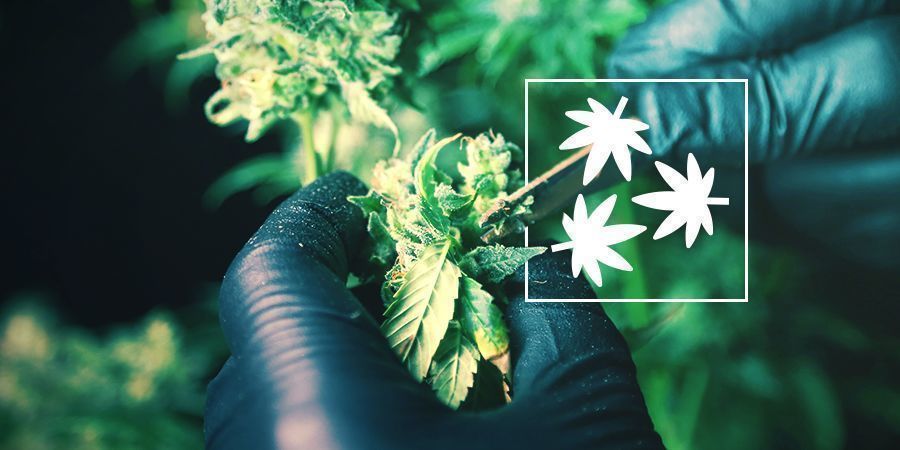
Defoliation is a broad term that describes the removal of leaves from plants. The technique can be applied in different ways to achieve a number of different effects. Many plant species respond well to defoliation, such as cotton, chia and clover.
DEFOLIATION AND THE CANNABIS PLANT
Defoliation is to tactically remove leaves from growing cannabis plants to localize resin production and improve yields at harvest. Topping or tipping, mainlining and lollipopping, schwazzing and schwazzing again are some well known uses for defoliation. Even tidying yellow or damaged leaves is a form of defoliation.
WHY DEFOLIATION?
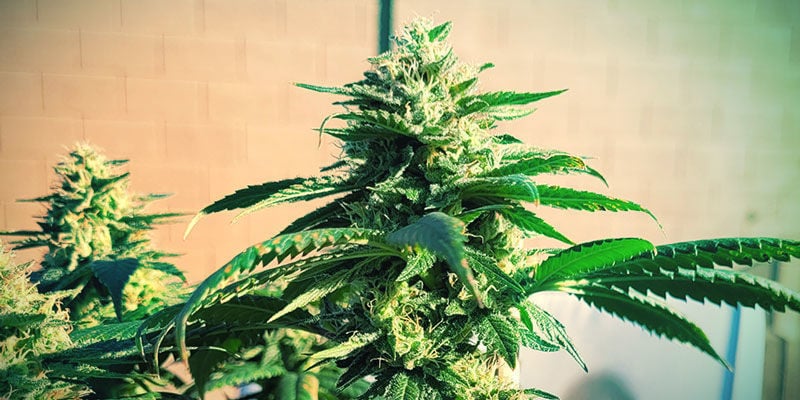
By using defoliation a grower seeks to manipulate the growth of the plant to increase air flow and light penetration. The more flower-bearing nodes receive direct light the better they will grow and produce resin. More airflow across the whole plant structure helps inoculate against pathogens and promotes efficient gas exchange at leaf stomata.
Why defoliation increases yields is still a counterintuitive mystery. There are a number of equally valid theories as to why flower growth is stimulated. In any case the extra ounces of packed nuggets sure do testify to the effectiveness of defoliation techniques.
HOW TO DEFOLIATE CANNABIS
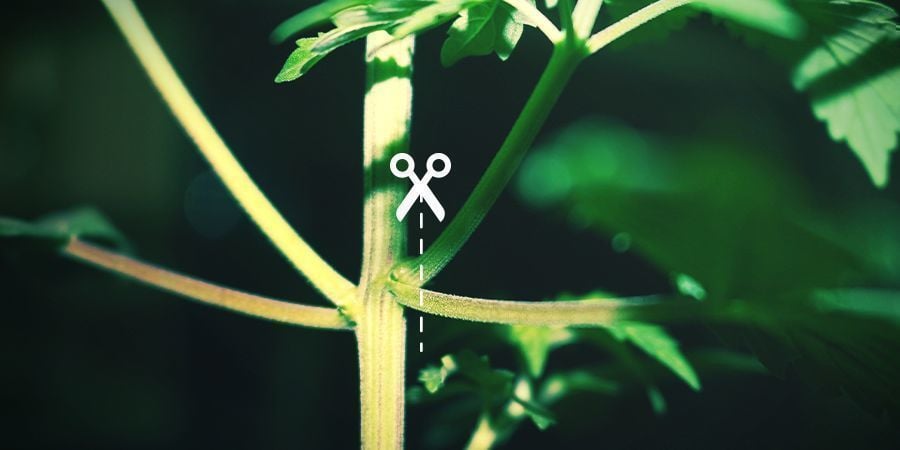
Removing leaves is as easy as the snip of scissors or the pinch of a thumbnail. Many growers recoil in horror at the mention of defoliation. Arguing that nature has it right and just let it grow. However, field tests show consistently bigger yields for defoliated plants. The debate continues as to whether there are any disadvantages to well-managed defoliation.
When you decide to defoliate, what actual technique to apply is up to you. Each one increases yields in similar ways only the silhouettes of the plants differ. Factors to consider are genetics, grow space volume, and light intensity.
Defoliation in general can be used on untrained plants to increase light penetration and airflow, rather than any specific technique being used. Leaves that prevent light penetration are removed during the life of the plant at the growers discretion. Even during flowering. Cannabis flowers are incredibly efficient at photosynthesis and will recover promptly after defoliation.
Mainlining uses a number of radical defoliations on young marijuana plants. The topping, undershucking and complete node removal used with this technique entirely changes the aspect of any phenotype. Mainlining produces eight or more main colas per plant with no other secondary growth.
Lollipopping can be used on topped and trained or untopped naturally shaped plants. It involves undershucking or defoliating everything but the primary end buds on any branch of flowering cannabis. Lollipopping endeavours to concentrate all the plants flowering energy into fewer, but larger flower clusters. This technique opens up the lower branches to much more light and stimulates good airflow.
Schwazzing is a technique where the defoliating is done at specific times during the plant's life cycle. Plants are left to vegetate untouched. Prior to flipping the light cycle to 12-12 all the fan leaves are removed from the main trunk and the side branches. Plants are then allowed to flower for three weeks. Then the dominant fan leaves and any shadow-casting leaves are removed.
With schwazzing the plants are left to mature from this point. Some daring growers will schwazz again (called miamimangoing in old seventies grow books). The plants are defoliated of fan leaves once again at week five or six before being left to mature.
CANNABIS DEFOLIATION: HOW MUCH IS TOO MUCH?
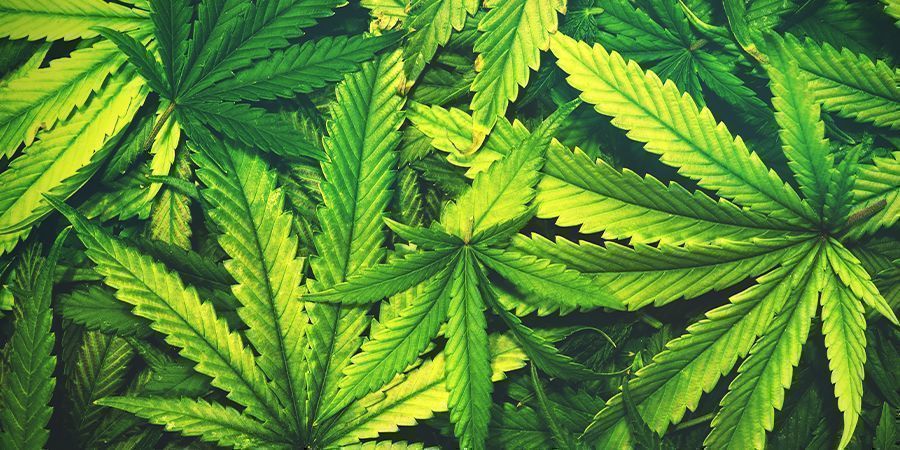
There is a sorcerers' art to getting the defoliation-to-transpiration-needs ratio right. Overdoing it has the effect of overfertilizing your plants and giving them nutrient stress. When too much leaf material is removed and efficient transpiration is interrupted, nutes can build up in the root zone, causing cooking or nutrient lockout. Nutrient strengths will need to be adjusted to suit the less demanding plants until they recover. Experience eventually gives you the sense for verdant volume in a grow room.
A good rule of thumb is to leave the growing tips undisturbed, plus two fully developed fan leaves. Being anymore heavy-handed may slow the plant's growth. You may notice new tips turn bright green from nutrient stress and stems turn a slight red or purple. This will go away as the plant recovers over the next few days. Only that time could have been spent genuinely growing rather than convalescing.
NUGGETS, NUGGETS EVERYWHERE
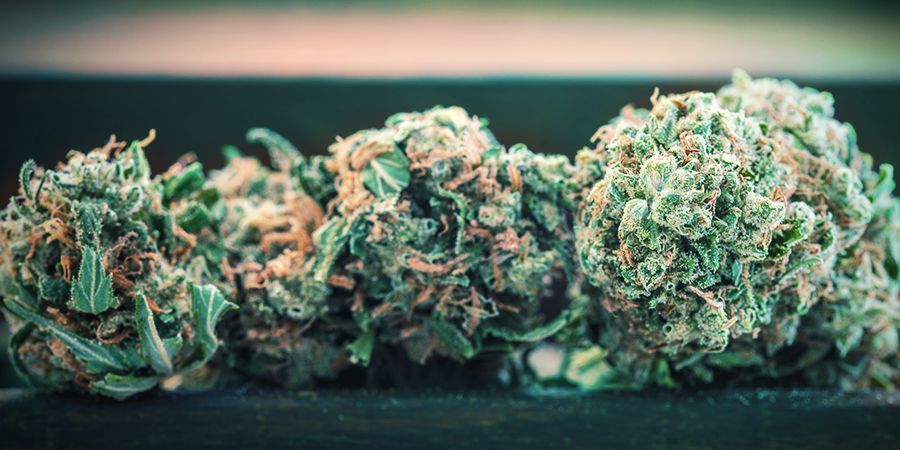
Although not completely understood, the trauma of defoliation certainly stimulates plant vigour. Each of the mentioned defoliating techniques have proven to increase yields of mature cannabis flowers. Defoliation has the added benefit of less trimming at harvest, as essentially half the leaves have already been removed.
Indoors or outdoors defoliation techniques are increasing yields for cannabis growers. If you dig the cannabis aesthetics, then you will fully appreciate the vista of a sea of expertly defoliated ripe marijuana flowers. Grow on!














 United States
United States










